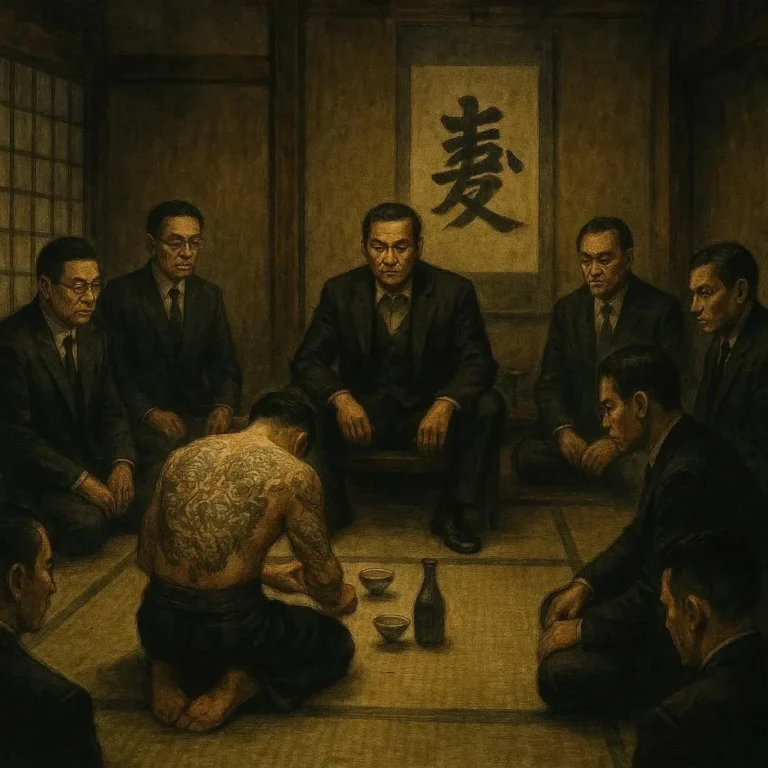506 views Origini: The Art and Philosophy of Paper Folding
Origami, the ancient art of paper folding, is more than just a hobby or a creative pastime. It is a deeply rooted cultural practice that embodies the philosophy of simplicity, patience, and transformation. Originating from Japan, the word ‘origami’ itself is a combination of two Japanese words: ‘ori,’ meaning ‘folded,’ and ‘kami,’ meaning ‘paper.’ This art form has been a symbol of Japanese culture for centuries, but its influence has spread globally, captivating the hearts of millions. In this blog post, we will delve into the art and philosophy of origami, exploring its history, cultural significance, and the timeless lessons it imparts.
The History of Origami
Origami has its roots in traditional Japanese rituals and ceremonies. The earliest known examples of paper folding in Japan date back to the Heian period (794–1185 CE). During this time, paper, which was introduced from China, was considered a precious commodity. The art of folding paper was initially used in religious rituals, such as offering folded paper objects to spirits. Over time, origami evolved and became a popular form of entertainment and storytelling.
In the 17th century, origami began to take on a more structured form, with specific techniques and designs being documented. The art form was further popularized in the 19th century through the work of Akira Yoshizawa, often referred to as the ‘father of modern origami.’ Yoshizawa introduced new folding techniques and created hundreds of original designs, laying the foundation for the origami we know today.
Origami gained international recognition in the mid-20th century, as Japanese artists and educators brought the art form to the West. Today, origami is practiced and appreciated worldwide, with annual festivals and competitions celebrating this ancient craft.
The Philosophy of Origami
Origami is not just about folding paper; it is a way of life. The process of creating an origami piece teaches valuable lessons about patience, mindfulness, and the importance of small details. Each fold requires focus and precision, forcing the practitioner to be fully present in the moment. This mindfulness is a key aspect of the origami philosophy, encouraging individuals to slow down and appreciate the beauty in simplicity.
Another philosophical aspect of origami is the concept of transformation. A flat sheet of paper is transformed into a complex three-dimensional object through a series of deliberate folds. This transformation mirrors the human experience, where individuals undergo personal growth and change throughout their lives. Origami reminds us that anything is possible with the right approach and mindset.
The art of origami also emphasizes the importance of imperfection. While the goal is to create a perfect form, the process often involves mistakes and adjustments. This teaches us to embrace imperfection and view it as an opportunity to learn and improve. The journey, not just the final product, is what makes origami so rewarding.
The Art of Origami
Origami is a versatile art form that can be both functional and decorative. From intricate sculptures to practical items like lanterns and boxes, the possibilities are endless. The art form has inspired countless artists, designers, and even scientists, who use origami principles to solve complex problems in fields like engineering and medicine.
One of the most iconic origami designs is the paper crane. According to Japanese legend, folding one thousand paper cranes (senbazuru) grants the folder a single wish. This tradition has become a symbol of peace and hope, with paper cranes being displayed at memorials and events around the world.
Origami has also become a popular form of storytelling. Many traditional Japanese folktales are brought to life through origami puppets and dioramas. This fusion of art and narrative continues to captivate audiences, making origami a timeless medium for creative expression.
Origami in Modern Times
In an age dominated by technology and instant gratification, origami offers a refreshing respite. The slow, deliberate process of folding paper encourages us to disconnect from our devices and reconnect with our hands and minds. Many people find origami to be a therapeutic activity, helping to reduce stress and improve focus.
Origami has also found a place in education. Teachers use origami as a tool to teach mathematical concepts like geometry and symmetry. The hands-on approach makes learning fun and engaging, helping students to visualize complex ideas. In addition, origami has been used in therapy for individuals with motor skill impairments, as the precise movements required can aid in rehabilitation.
The art of origami has also inspired advancements in science and technology. Researchers have developed self-folding materials and robots based on origami principles. These innovations have the potential to revolutionize industries from healthcare to aerospace, proving that this ancient art form still has much to teach us.
Cultural Significance of Origami in Japan
In Japan, origami is more than just a pastime; it is a part of the cultural identity. The art form is deeply rooted in Japanese traditions and values, such as simplicity, respect for nature, and attention to detail. Origami is often used in ceremonies and celebrations, where it serves as a symbol of peace, longevity, and good luck.
One of the most famous origami symbols is the paper crane, which has become an international emblem of peace. According to legend, a young girl named Sadako Sasaki folded over one thousand paper cranes while recovering from the atomic bombing of Hiroshima during World War II. Her story has inspired millions, and paper cranes are now a universal symbol of hope and nuclear disarmament.
Origami is also used in Japanese gift-giving culture. Beautifully crafted origami pieces are often presented as gifts during special occasions, symbolizing thoughtfulness and care. The act of giving an origami gift is as meaningful as the gift itself, reflecting the Japanese emphasis on the process and not just the outcome.
The Global Appeal of Origami
Origami has transcended its Japanese origins to become a global phenomenon. People from all walks of life have been drawn to the art form, finding inspiration in its simplicity and creativity. Origami clubs and communities have sprung up in almost every country, fostering a sense of connection and shared passion among members.
The internet has played a significant role in the global spread of origami. Tutorials, videos, and online communities have made it easier than ever for people to learn and share their love for origami. Social media platforms are filled with stunning images and videos of origami creations, inspiring even more people to give it a try.
In addition, origami has become a popular subject in art exhibitions and installations. Contemporary artists are pushing the boundaries of the medium, creating large-scale origami sculptures and interactive displays that challenge our perception of paper and art.
Conclusion
Origami is more than just a simple art form; it is a way of life that teaches us valuable lessons about patience, mindfulness, and transformation. From its origins in Japanese culture to its global appeal today, origami continues to inspire and captivate people of all ages. Whether you are a seasoned origami artist or just starting out, the process of folding paper can be a source of joy, creativity, and personal growth.
So, take a moment to slow down, grab a piece of paper, and try your hand at origami. You never know where this ancient art form might lead you.







